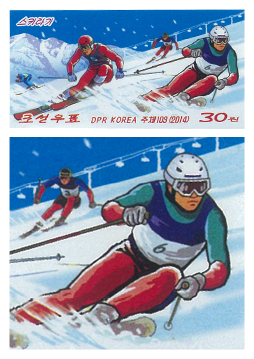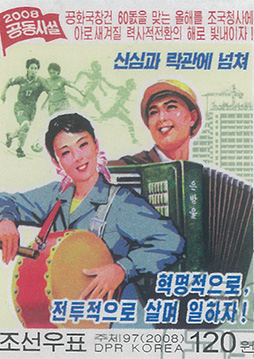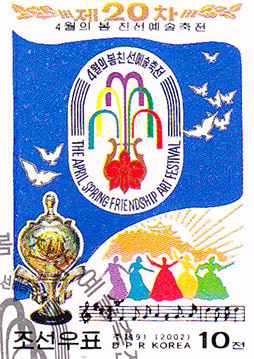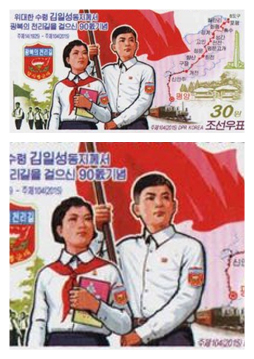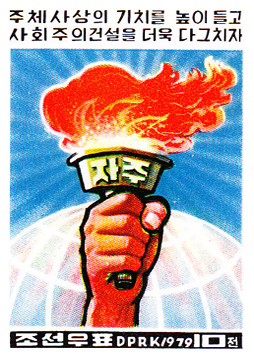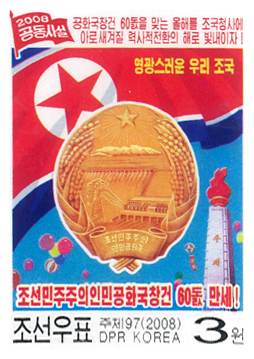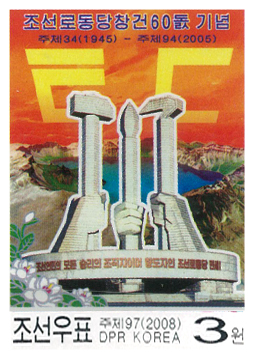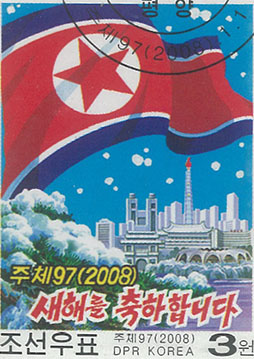North Korea - unforgettable journey!
You couldn't probably ever imagine going as a tourist to a country that is seldom mentioned in connection with tourism.... However, it is possible to say, without exaggeration, that North Korea (the Democratic People's Republic of Korea or the DPRK) is the most exotic and out-of-the-way tourist destination on the market. Travel to North Korea with Korea Konsult and open a whole new world for you!
UPCOMING GROUP TOURS

UPCOMING CELEBRATIONS IN THE DPRK

NEWS



Inside Samjiyon: What the DPRK’s Model Socialist City of the Future Looks Like » more

The grand opening of the Wonsan Kalma Coastal Tourist Zone took place in Wonsan » more

Enjoy a discount on our Turkmenistan autumn tour » more

Wonsan Kalma Coastal Area is ready to accept tourists » more

Looking back at the Pyongyang Marathon 2025 » more
DISCOVER NORTH KOREA YOURSELF

Every year we run almost 40 group tours as well as a number of individual tours. Our group tours is the most convenient, economical and fun way to travel in North Korea. We offer different types of tours dedicated to particular events celebrated in North Korea, or visiting specific areas such as Rason Free Economic Zone and hardly accessible and beautiful Mt.Paektu.
Meet North Koreans
Meet locals yourself and learn from the first hands what the life is like in the DPRK. Visit schools, kindergartens, villages and farms, mixed up with Koreans in various festivities and performances
Experience Culture and Nature
Witness revolutionary art, architecture, as well as see ancient temples, traditional paintings and monuments. The DPRK features unspoiled nature famous for its pure rich colours and quiet beauty
Enjoy Various Activities
Participate in many events such as annual Pyongyang Marathon, Mass Dance, Film Festival, hiking in Mt Paektu, ski at the world class Masik Pass Ski resort, explore of Special Economic Zone Rason, and more
WHY TRAVEL WITH KOREA KONSULT?
Korea Konsult is the largest company in Europe specializing in tours to North Korea. Every year 30+ different nationalities from all over the world travel with us to this mysterious and fascinating country. We know the country inside out. Our prices are competitive. Our service is professional, quick and efficient. We are entirely devoted to our goal in providing you the best travel experience possible. In addition to this, we can speak your own language - English, French, German, Swedish or Russian.
We help you to organize and to arrange the perfect tour just for you. Thank you for trusting us. We look forward to hearing from you soon.














